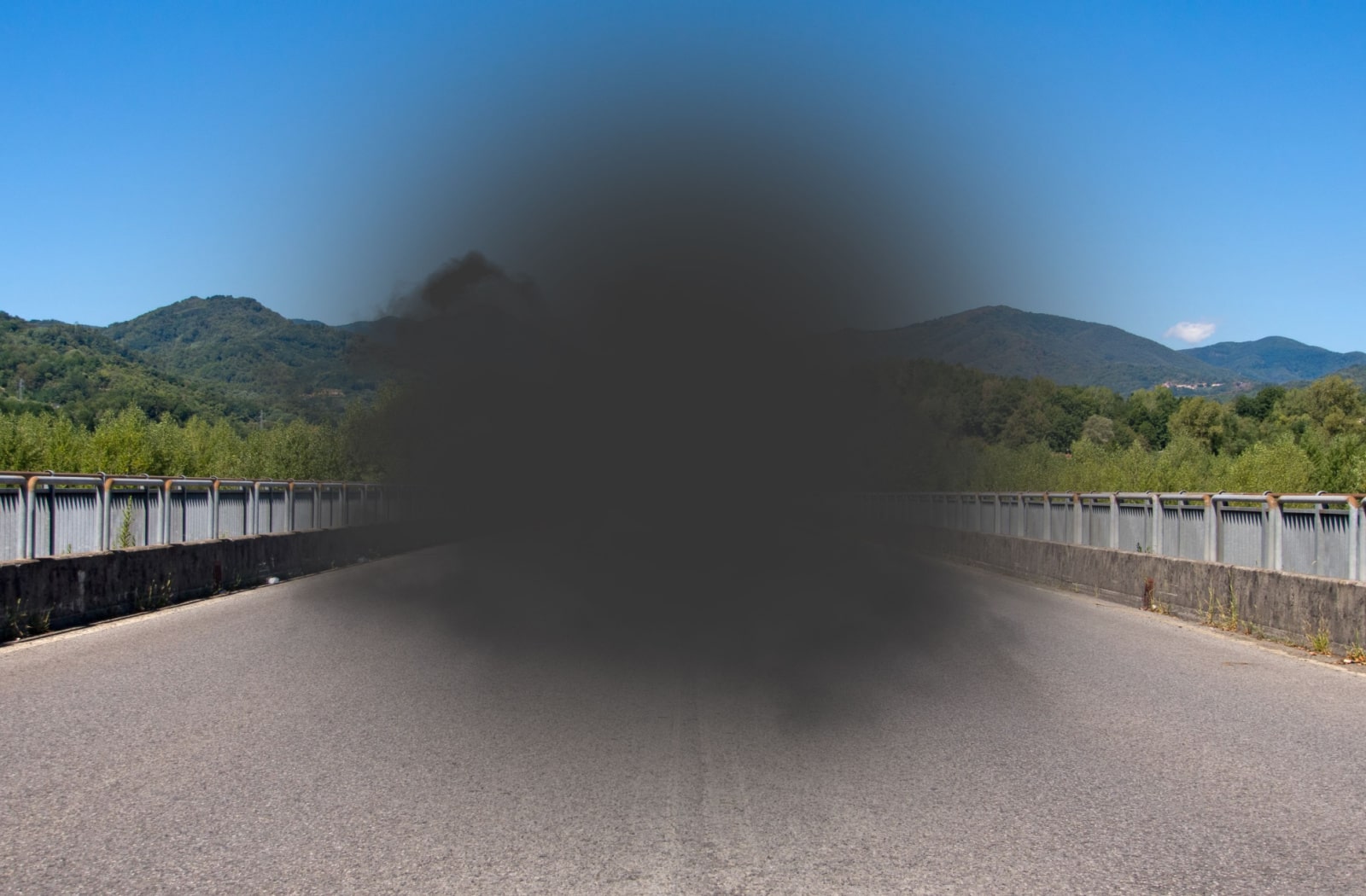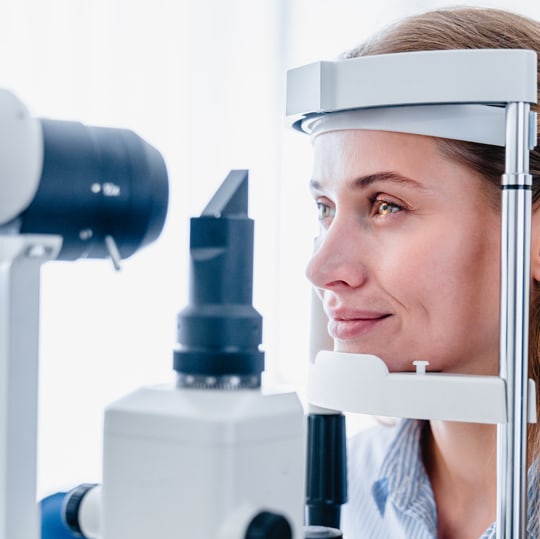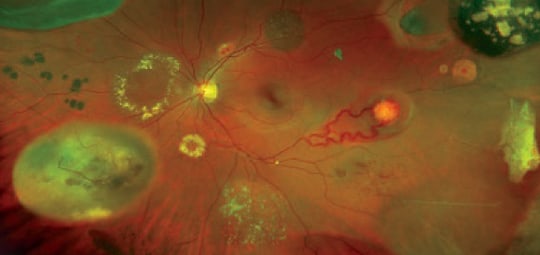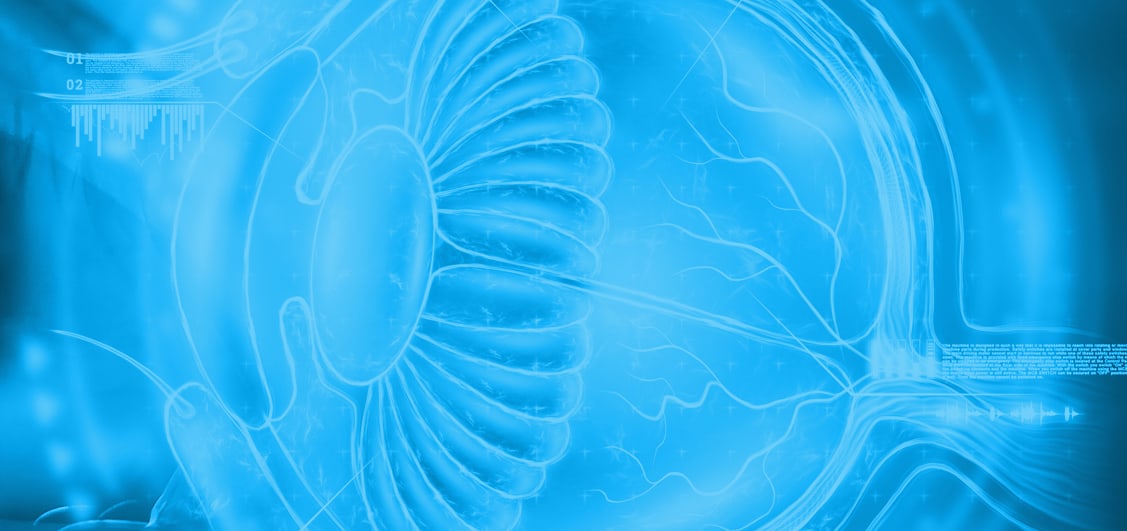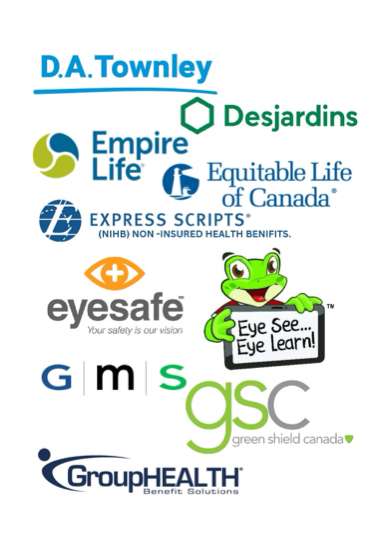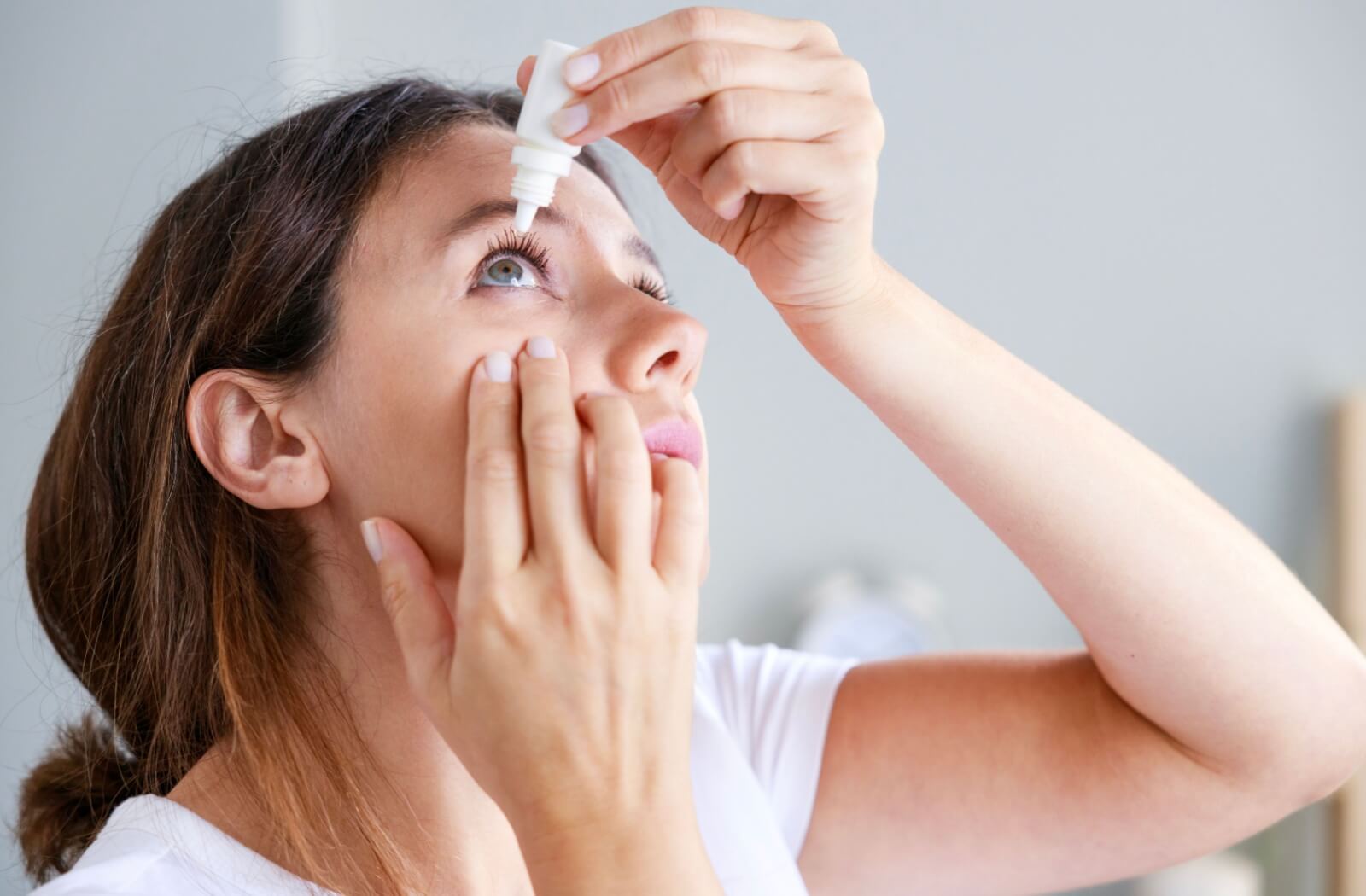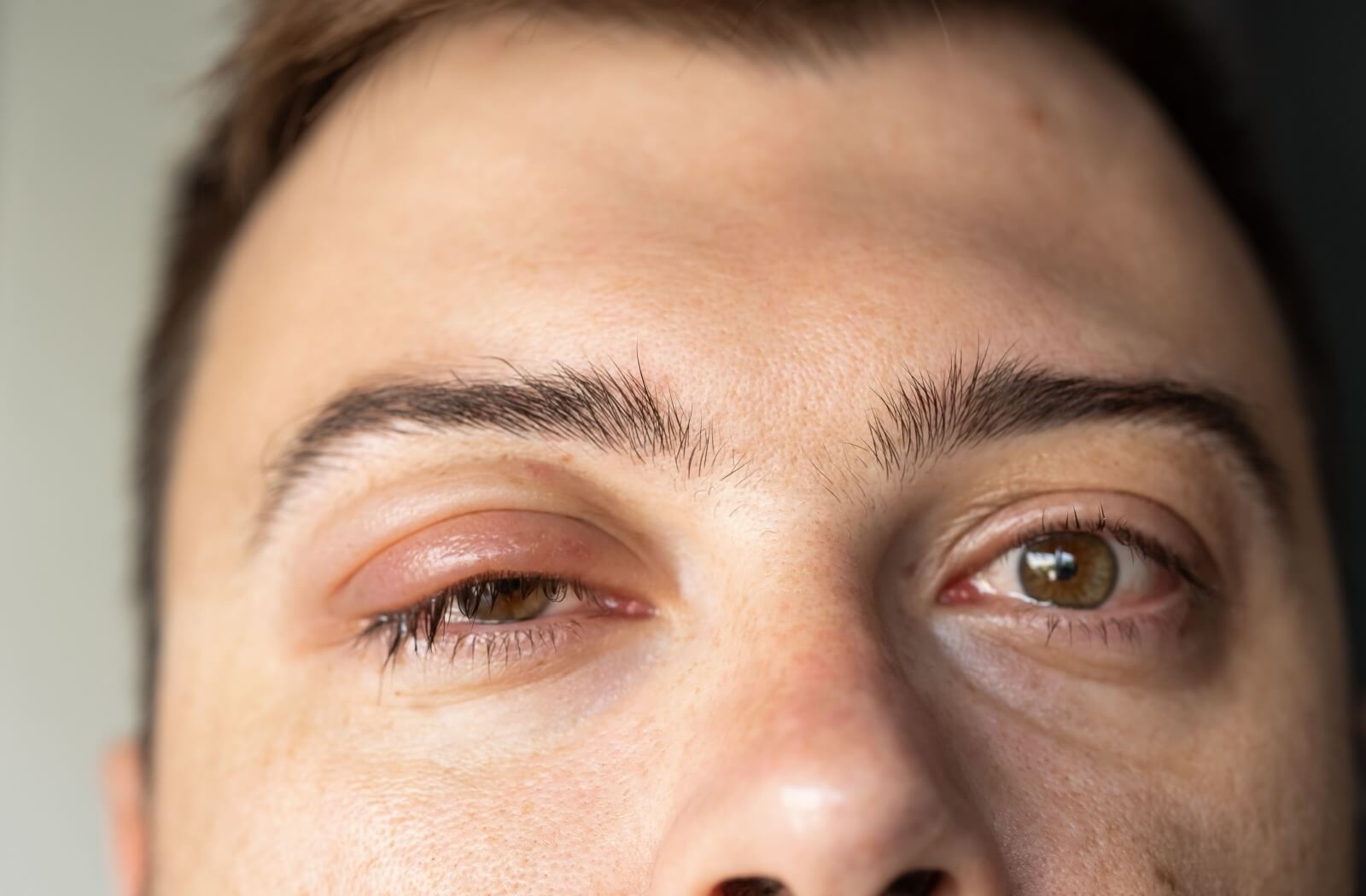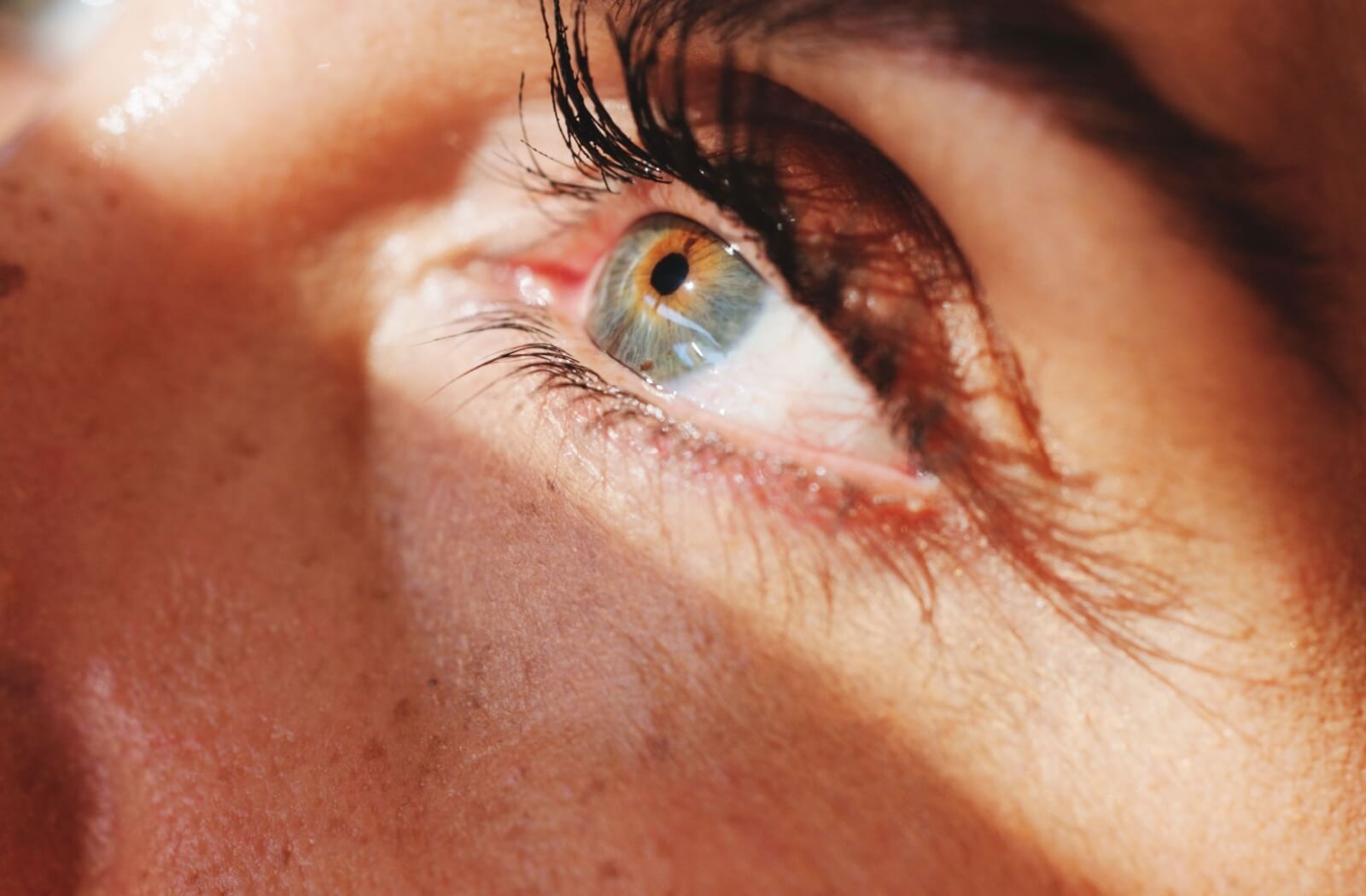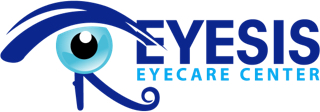Macular degeneration is a common eye disease typically affecting people over age 50 that can lead to vision impairment and blindness.
There are 2 types of macular degeneration: dry and wet. Both types cause a reduction in central vision, but they differ in their symptoms and treatment.
Dry macular degeneration is the most common form and advances slowly, but it can develop into wet macular degeneration. Wet macular degeneration is less common but can progress quickly.
Regular senior eye exams with a thorough retinal examination can detect early signs of eye diseases, such as macular degeneration before they progress and lead to vision loss. A closer look at what makes dry and wet macular degeneration different can help you better understand the condition.
What Is Age-Related Macular Degeneration?
Age-related macular degeneration (AMD) is a progressive eye condition primarily affecting individuals over age 50 and a leading cause of vision loss and blindness in older adults.
AMD affects the macula, the central part at the back of the eye responsible for providing sharp, detailed vision for driving, reading, and recognizing faces. The 2 types of AMD are dry and wet.
Early detection through regular eye examinations is crucial for effective management and intervention in AMD. While there is no cure, advancements in research and treatments provide hope for preserving and improving vision in individuals affected by this age-related condition.
Dry Macular Degeneration
Dry macular degeneration is the more prevalent form of AMD, accounting for about 90% of all cases. Dry AMD involves the gradual breakdown of light-sensitive cells in the macula, often leading to a slow loss of central vision.
The primary cause of dry AMD is the breakdown of the light-sensitive cells in the macula at the back of the eye and the accumulation of yellow deposits called drusen. Drusen contains lipid and protein deposits which accumulate. These changes can interfere with the normal functioning of the macula, leading to a gradual loss of central vision.
Symptoms of Dry AMD
There are no early symptoms of dry AMD. The symptoms of dry macular degeneration typically develop slowly as it progresses and can include:
- Blind spot in central vision
- Blurred central vision
- Needing brighter light for reading or close-up tasks
- Difficulty recognizing faces or seeing images
- Diminished night vision
While dry macular degeneration does not usually cause complete vision loss, it can significantly impact the quality of life, making daily activities challenging.
Treatment for Dry AMD
Unfortunately, there is no cure for dry macular degeneration. However, treatment options can include nutritional supplements for slowing its progression. A diet rich in antioxidants and lots of green leafy vegetables can support eye health and slow the worsening of dry AMD.
Regular eye examinations are imperative for early detection and monitoring of dry AMD progression. Sudden changes can indicate dry AMD turning into wet AMD.
What Is Wet AMD?
Wet AMD is less prevalent and accounts for 10% of all cases. Wet AMD involves the growth of abnormal blood vessels beneath the retina (the light-sensitive tissue at the back of the eye), leaking blood and fluid into the macula. These changes cause significant damage to the macular cells, resulting in a more sudden and severe loss of central vision.

Symptoms of Wet AMD
Unlike dry macular degeneration, the symptoms of wet macular degeneration can progress rapidly. If left untreated, wet macular degeneration can lead to irreversible vision loss. Patients may experience the following wet AMD symptoms:
- Distorted or wavy vision
- Blind spots
- A sudden decrease in central vision
- Dull or washed-out colours
Treatment for Wet AMD
Prompt diagnosis and treatment are crucial for managing wet macular degeneration. Anti-vascular endothelial growth factor (anti-VEGF) injections can inhibit the growth of abnormal blood vessels and reduce fluid leakage.
Other treatments can include vitamin formulations to slow progression and laser treatments to stop abnormal blood vessel growth and leakage. Routine follow-up appointments are essential to monitor the effectiveness of treatment and make necessary adjustments.
Risks for Developing AMD
Your risk of developing AMD increases as you get older. Other risk factors can include:
- Smoking
- Extensive UV light exposure
- Family history of AMD
- Cardiovascular disease
Eye Exams for the Early Detection of Eye Diseases
Age-related macular degeneration can pose a significant threat to your eyesight. Understanding the differences between dry and wet macular degeneration is essential for anyone concerned about their eye health or that of a loved one.
Recognizing the symptoms of dry and wet AMD and seeking timely medical intervention is pivotal in managing both forms of macular degeneration. While there is no cure for either type, regular eye examinations, a healthy lifestyle, and early detection remain the key components in managing macular degeneration, slowing its progression and preserving vision.
When you’re due for your next eye exam, or if you are experiencing changes in your vision, book an appointment with Eyesis Eyecare to safeguard your sight.


